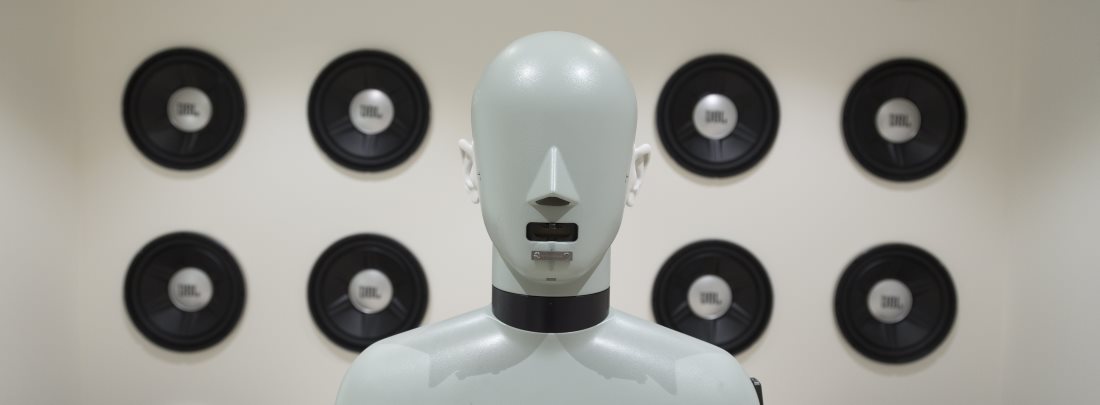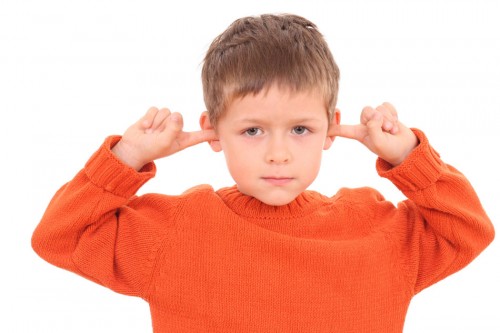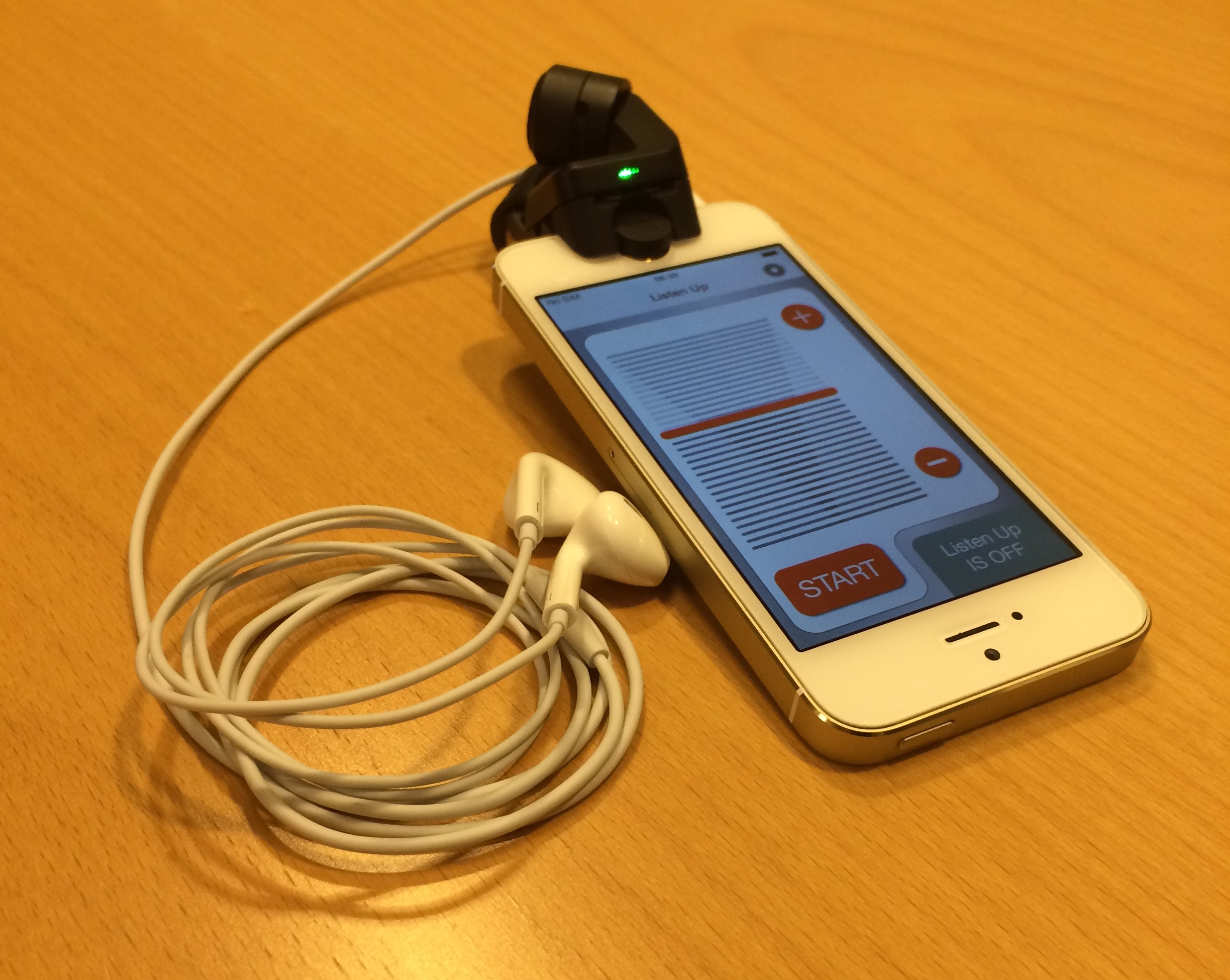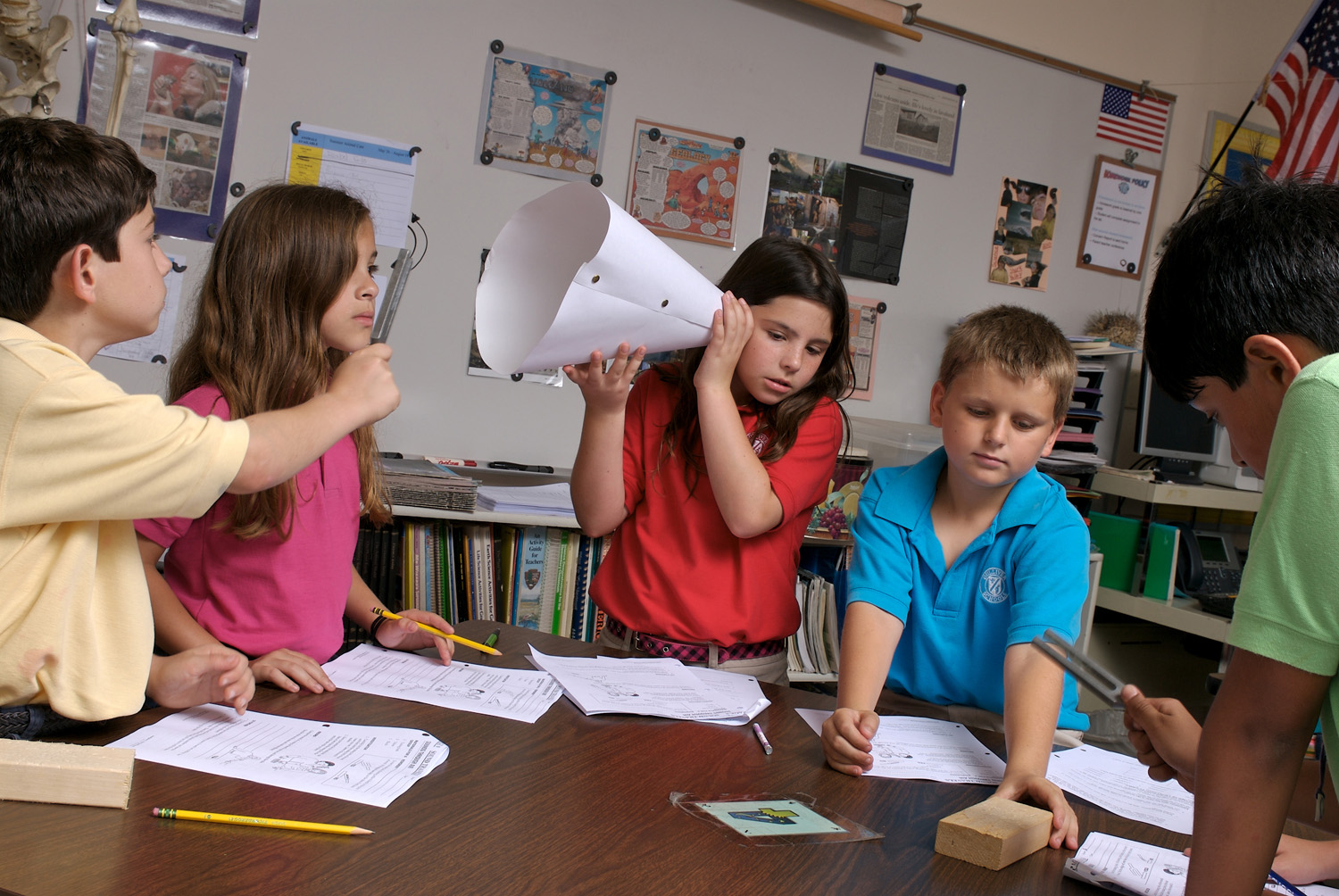The 39th Scandinavian Symposium on Physical Acoustics was held at Geilo, Norway from January 31 to February 3, 2016. It was organised by Ulf Kristiansen and Erlend Magnus Viggen, both part of the Acoustics Research Centre. This year we had 48 participants holding 31 presentations, and 9 papers were written for the proceedings, which have been published through arXiv.org.
This link takes you to the proceedings.
Thanks to Sverre Holm and Josephine Børvan for the photo










